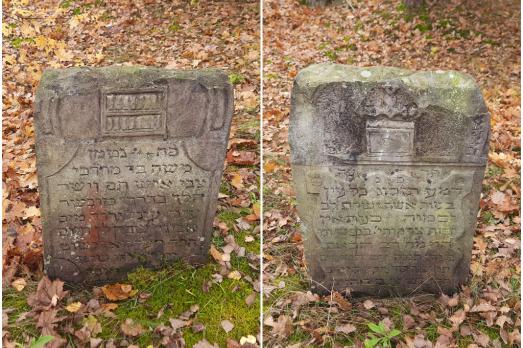
Zaklikow Jewish Cemetery
Zaklików, PL
The cemetery has 40 well-preserved tombstones, in their original places and with visible inscriptions and images. A fence was erected by ESJF in July 2016 to protect it.
Here you can search for a building to visit. You can use the map find destinations, or you can use the filters to search for a building based upon what different criteria.

Zaklików, PL
The cemetery has 40 well-preserved tombstones, in their original places and with visible inscriptions and images. A fence was erected by ESJF in July 2016 to protect it.
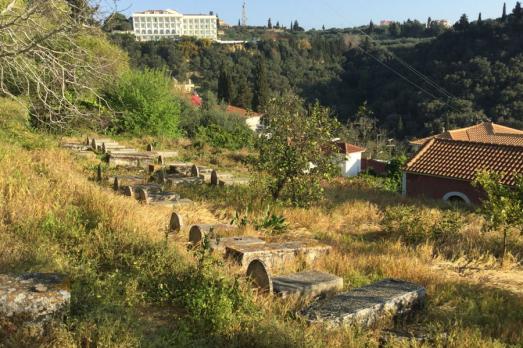
Zakynthos, GR
The exact period of the cemetery’s establishment is unknown, but the earliest records of a Jewish presence in Zakynthos date back to the late 15th century. The cemetery preserves around 1,000 gravestones. The oldest one dates from 1671 and the most recent one from 1954. The house of the cemetery keeper is located on the cemetery site, and the site includes a memorial to Holocaust victims.
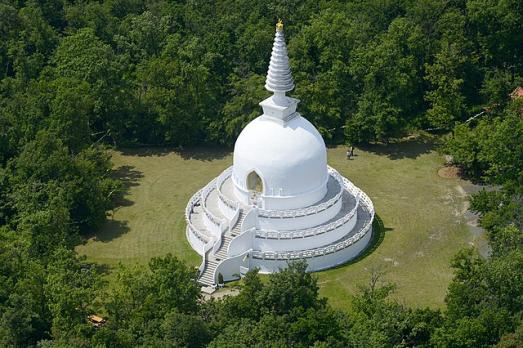
Világosvár, HU
The stupa is 30 meters high and 24 meters wide, and overlooks Lake Balaton from the Világosvár mountain. It was built in 1990 by a Korean Buddhist monk, and inaugurated in 1993 by the Dalai Lama.
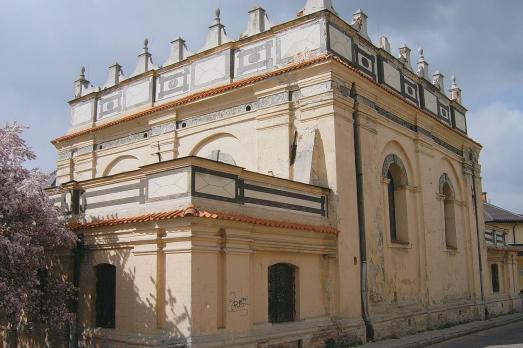
Zamość, PL
The synagogue of Zamość is the best-preserved late Renaissance synagogue in Poland. The building was built between 1610 and 1620 on the initiative of the city's Sephardic Jews. After being damaged during the Second World War, the synagogue underwent two major restorations in 1948-1950 and 1967-1972. The building now houses the Jewish Museum of the region Zamość and a local educational centre.
Breda, NL
Built as a Reformed church with the name Zandbergkerk. Characteristic Reformed church building of Plooij, without tower, but with roof turret at the crossing.
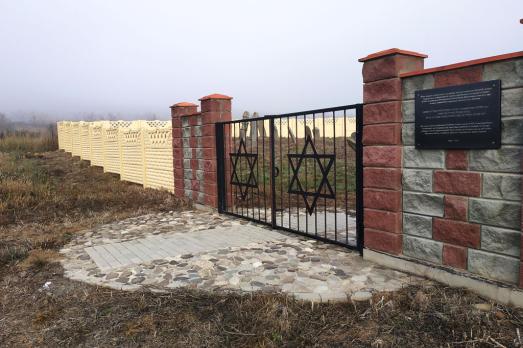
Zapson’, UA
The exact period of the cemetery’s establishment is unknown, but it can be assumed that it emerged in the 19th century. It first appears on cadastral maps of 1865. The fence was installed by ESJF in June 2016.
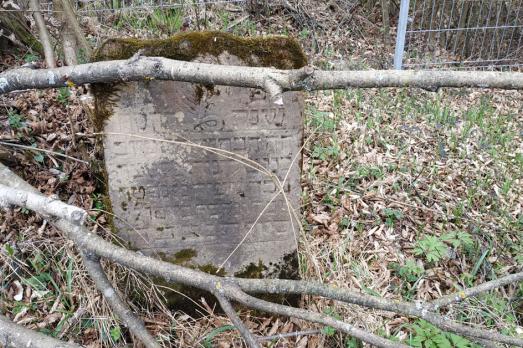
Zarichevo, UA
Presumably, the Jewish cemetery in Zarichevo was established in the 19th century. According to epigraphic data, it already existed in 1852. The cemetery was used presumably until WWII, although the most recent preserved gravestone dates to 1936.
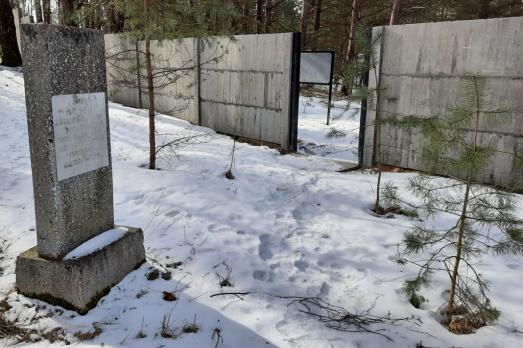
Zaverezhye, BY
The cemetery was founded in the middle of the 19th century, shortly after the appearance of the community, and operated until WWII. On September 12, 1941, 97 Jews were shot in Zaviarezha, and the village was burned to the ground. Tombstones from the 19th and 20th centuries have been preserved. There is a reburial site of Holocaust victims on the cemetery territory. In the 1970s-80s, a monument was erected.
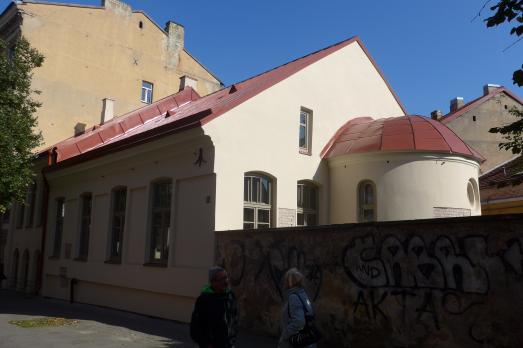
Vilnius, LT
Zavl's Kloyz in Vilnius is a nineteenth-century Ashkenazi synagogue, whose architect was Aleksei Polozov. This brick synagogue in historicist style is currently under reconstruction.
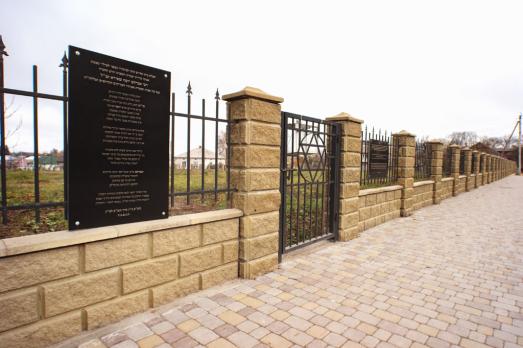
Zbarazh, UA
The exact period of the cemetery’s establishment is unknown. The earliest preserved gravestone relates to the early 20th century so it can be assumed that the cemetery emerged during that period. First, it appears on Wojskowy Instytut Geograficzny (WIG) maps of 1939.

new
Nestled amidst the serene landscapes of the Harz region, lies a hidden gem for nature enthusiasts and history buffs alike - the Harz Monastery Hiking Trail. Lace up your hiking boots and embark on this captivating adventure that will transport you back in time.

The Holy Mile (Miglio Sacro) of Naples is a one-mile-long itinerary, through sacred places linked to the city's patron saint, San Gennaro, in the Rione Sanità district. Discover the city from a new perspective with this unique walking tour.

As a university city, cultural offerings abound in Tartu and will reach their peak after being designated one of three European Capitals of Culture for 2024. In this list, we've compiled the most interesting sacred places to visit in and around the old town.